One of the most frustrating things that can happen while using your RV is when the furnace blows cold air and shuts off. This is especially true when you are camping in areas with low temperatures, and you need the furnace to keep you warm and cozy. The good news is that this issue can be fixed if you know what to do. In this blog post, we will discuss some of the steps you can take to troubleshoot the problem and get the furnace working again.
Table of Contents
RV Furnace: What It Is
If you’re a fan of traveling and camping, an RV is a good investment. Although RVs come with fully-equipped kitchens and bathrooms, the thermostat usually only keeps your RV at a comfortable temperature, and it may not work as well as it should in harsh temperatures. An RV furnace is the answer to such challenges. You don’t have to depend on campsite facilities or start a fire to keep you warm at night. An RV Furnace is an essential appliance for anyone who wants to spend time in their RV throughout the year.
An RV furnace is similar to a home furnace but designed to be smaller and used in an RV. It uses Propane to generate heat and a blower to circulate that heat through the RV. The furnace draws cool air into the heating system through a series of vents, where it’s then heated by the propane burner. Once heated, the warm air is pushed into the RV through a system of ducts by the blower. An RV furnace is a stand-alone unit and not tied to any external system. An RV furnace is an independent system, It can be used when your RV’s electrical systems aren’t powered. [1]
Regular maintenance is essential to ensure that your RV furnace functions properly, it’s better to do maintenance during the off-season. It’s essential to follow the manufacturer’s recommendations in terms of furnace maintenance.
RV furnaces come in different sizes, and the size you choose should be determined by the size of your RV. If you own a larger RV, then you need a larger furnace with greater heating capacity. RV furnace efficiency is another key consideration; the higher the furnace efficiency, the less propane it will require to heat your RV. We recommend doing this if you plan on spending many nights in your RV or in cold temperatures.
An RV furnace is an essential component for anyone who enjoys extended outdoor activities and wants to remain warm on those chilly nights. An RV furnace is not only beneficial in cold areas, but it is also important for those who enjoy long-term camping. Proper furnace maintenance is not only necessary for your comfort, but it is also crucial for your safety. So, enjoy your RV adventures with a reliable furnace and safe operation.
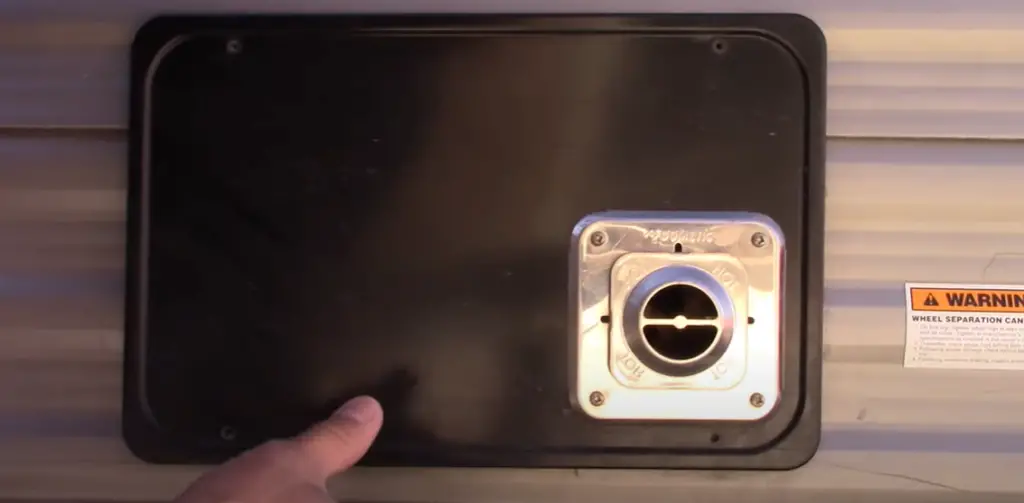
Pros and Cons of RV Furnace
An RV furnace can keep the interior of your recreational vehicle warm and comfortable, ensuring you enjoy the camping experience, no matter how chilly the weather may be. However, before you invest in an RV furnace, it is essential to gauge its pros and cons to make an informed decision. Let’s explore the advantages and disadvantages of RV furnaces to help you understand if it is the right choice for you.
Pros of RV Furnace
- Efficient Heating: RV furnaces use propane instead of electricity, making them more efficient in heating an RV’s interior.
- Cost-effective: As propane is less expensive than electricity, RV furnaces provide a budget-friendly solution for keeping warm in chilly temperatures.
- Consistent heat: RV furnaces produce consistent heat throughout the RV, eliminating the need to move or adjust heaters when moving or sleeping.
- Reliable: RV furnaces are highly dependable and are less likely to malfunction than other heating systems.
Cons of RV Furnace
- High Installation Cost: Installing an RV furnace can be quite expensive, and this can be a significant disadvantage if you are on a budget or traveling a short time.
- High Maintenance Costs: Regular maintenance and repair of RV furnaces can be costly, adding to the overall cost incurred for RV heating.
- Safety Concerns: RV furnaces require adequate ventilation, and improper installation or maintenance can cause safety hazards.
- Power Requirement: The RV furnace requires a significant amount of battery power for ignition, which can drain the battery quickly.
Additional Tips for using an RV Furnace
- Regular maintenance and inspection to ensure proper functioning and safety
- Proper ventilation and the use of a carbon monoxide detector
- Keeping flammable items away from the furnace and ensuring children and pets are kept at a safe distance
- Familiarize yourself with the furnace’s user manual to avoid any mishaps or accidents
An RV furnace is an excellent choice for RV enthusiasts looking for a reliable and cost-effective way to keep warm during camping trips. However, it is crucial to understand the furnace’s pros and cons and select the right furnace size and fuel type for your RV.
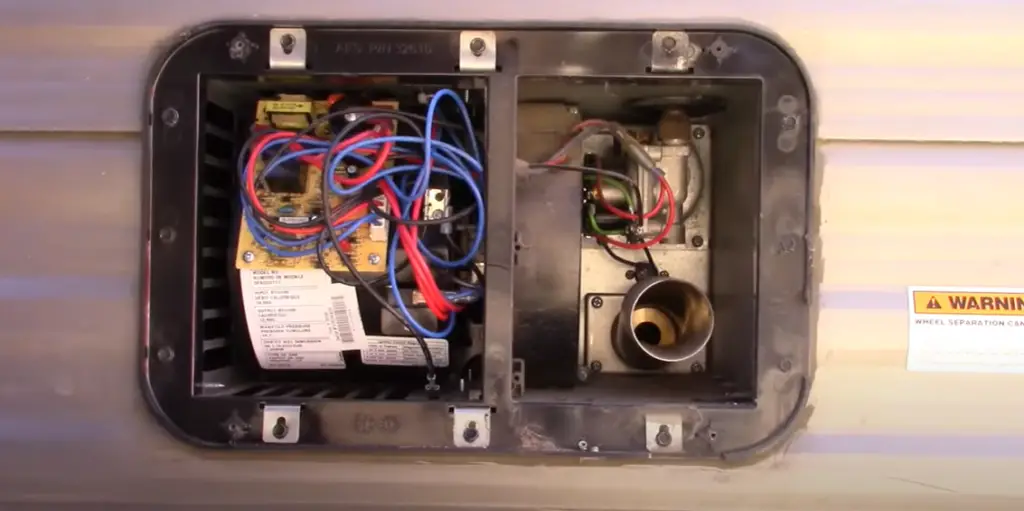
Top Reasons Why It Doesn’t Work
For RV enthusiasts, one of the perks of having a motorhome is that it provides all the comforts of a home, including a reliable heating system. But RV furnace problems can be frustrating, especially if you’re on a trip and it suddenly stops working. Without proper knowledge, it can be a challenge to diagnose and fix the issue. Here we discuss the top reasons why RV furnaces stop working and offer helpful tips on how to troubleshoot and solve the problem.
- Thermostat Issues – Probably the most popular reason why RV furnaces stop working is a malfunctioning thermostat. If you notice that your furnace is not turning on or shutting off at the right time, it could be because of a problem with the thermostat. You can check this by testing the system using a multimeter or replacing the batteries in your thermostat. Also, make sure that the thermostat is set correctly and that it’s not obstructed by any obstacles.
- Airflow Obstructions – Another common problem with RV furnaces is when there are obstructions in the airflow system. This could be due to dirty filters, blockages in the air ducts, or debris in the furnace’s blower wheel. If the air doesn’t flow properly, the furnace will struggle to run correctly, resulting in poor heating or no heating at all.
- Propane System Problems – If your RV furnace relies on propane, the system could be the reason why it’s not working correctly. Common propane system issues include low propane pressure, faulty propane regulator, or air in the propane lines.
- Ignition and Gas Valve Problems – If your furnace makes a clicking noise but doesn’t start up, the problem may be with the ignition or gas valve. The most common culprits for ignition problems are a dirty flame sensor or a corroded igniter. Gas valves, on the other hand, can malfunction due to gas leaks, blockages, or electrical faults.
- Poor Maintenance and Upkeep – Finally, the lack of proper maintenance and upkeep can lead to furnace problems. It’s essential to keep your RV furnace clean and perform regular maintenance, including cleaning or replacing the air filters, cleaning the blower wheel, and removing any debris in the furnace. Also, be sure to get your furnace inspected by a professional technician at least once a year to prevent any significant issues.
Knowing the top reasons why RV furnaces stop working and how to troubleshoot them can save you loads of frustration and money. When in doubt, it’s always best to contact an experienced RV technician to diagnose and repair your RV furnace.
Problems And the Best Solutions
If you’re an RV enthusiast, you know that a well-functioning RV furnace is a must-have for a comfortable travel experience. Your RV furnace is what keeps you warm during the chilly nights when you’re parked out in the wild. However, RV furnace problems are inevitable, and they can ruin your trip if they’re not properly addressed.
Let’s discuss the common RV furnace problems and the best solutions to fix them. We’ll also provide some tips on how to maintain your RV furnace to prevent problems from occurring while on the road.
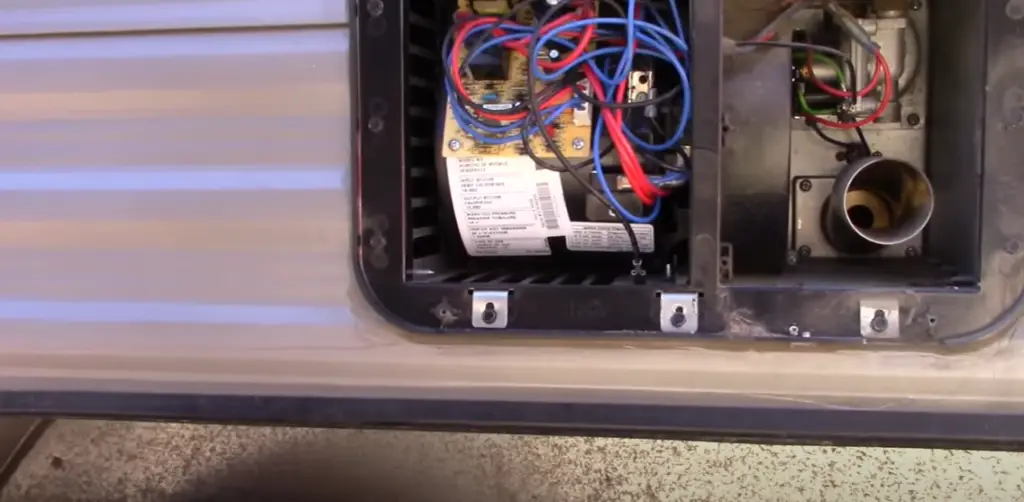
Burner Problems
Burner problems are among the most common issues RV owners experience with their furnace. One of the reasons behind this issue is a dirty burner orifice caused by dust and dirt build-up. The best solution to fix this problem is to clean the burner orifice with a small brush. Make sure to switch off the furnace and remove all wires before attempting to clean the orifice.
Ignition problems
Ignition problems occur when the RV furnace won’t start due to a failure to ignite. One of the most common causes of this issue is a dirty ignitor. For best results, clean the ignitor, and make sure it is properly aligned. If the ignitor is corroded or damaged, it is best to replace it.
Thermostat Problems
Thermostat issues occur when the RV furnace is not working due to a faulty thermostat. A common problem with Thermostats is when they stop working, causing the RV furnace to stop functioning. One of the best solutions to this problem is to check the wires or replace your thermostat altogether.
Vent Blockages
When your RV furnace is not heating up appropriately, it could be due to vent blockages. This issue occurs when the debris in the air controls leaving the vents become blocked. The best solution to this problem is cleaning the air controls and the vents.
Overheating
Overheating is a severe RV furnace problem that can lead to permanent damage that necessitates replacement. When the furnace is overworking, or the furnace chamber overheats, it might cause damage to the unit, and if left unchecked could lead to the RV being unusable. The best solution to this issue is to ensure that there is sufficient airflow in your RV to cool the furnace and prevent it from overheating.
Your RV furnace is the backbone of your heating system, and it’s essential to keep it in good condition to ensure a comfortable living experience. Regular maintenance and effective solutions to your furnace problems are the best ways to keep it up and running correctly. By following the tips and solutions we’ve presented here, you will ensure that your RV furnace is well-maintained and fully functional, making your travels more comfortable and enjoyable. [2]
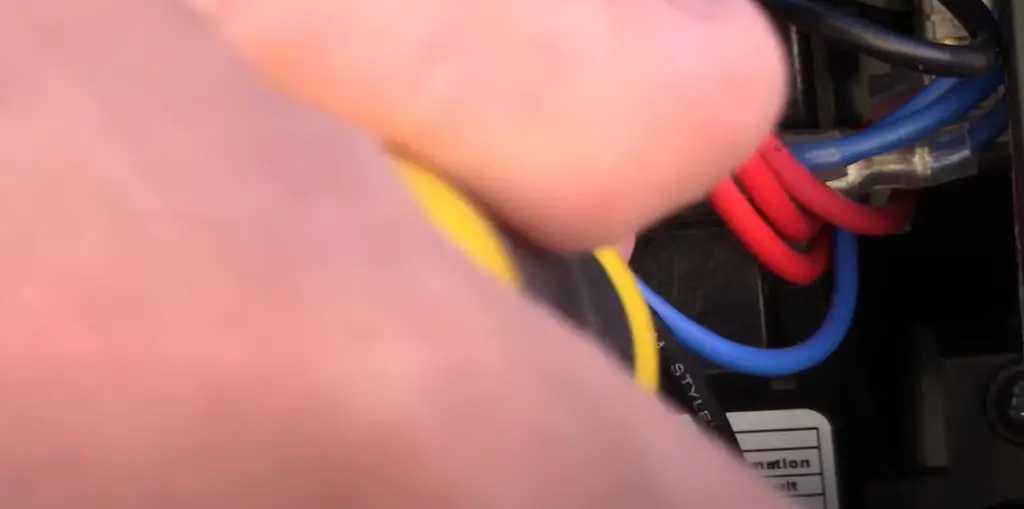
How to Maintain RV Furnace
Your RV furnace is one of the most important components in keeping you warm and comfortable on your camping trips. As an RV owner, it’s essential to understand how to maintain it properly. Not only does sticking to a maintenance routine make your furnace more efficient, but it also prolongs its lifespan, preventing costly repairs. We’ve compiled a list of tips and tricks to ensure that your RV furnace stays in top shape.
- Regular Cleaning
The first step in maintaining your RV furnace is regular cleaning. Dust, dirt, and debris can clog the furnace filter, reducing airflow throughout the unit, and requiring more energy to operate. This not only leads to increased energy consumption but also causes overheating, which can ultimately lead to the failure of your furnace. We suggest cleaning or replacing your furnace filter every 3 months or at the beginning of each camping season.
- Inspection
A yearly inspection should be performed to ensure that every component of your furnace is working correctly. This should include the propane line, furnace ducts, and the burner unit. Be sure to check for any cracks or damage in the ducts, as well as any signs of rust or corrosion. Hiring a professional to carry out the inspection can help identify any underlying issues and keep your furnace in optimal condition.
- Lubrication
Keeping the blower motor lubricated can also help maintain the efficiency of your RV furnace. A well-lubricated motor runs more quietly and reduces resistance, allowing the motor to operate more smoothly. This, in turn, leads to decreased energy usage. Check your furnace owner’s manual for instructions and recommended types of lubrication.
- Electrical Connections
Proper maintenance of electrical connections is essential to keep your furnace running smoothly. Over time, connections can become loose, corroded, or damaged, causing malfunctions. Check for loose connections and ensure all electrical connections are secure.
- Thermostat Settings
Your thermostat settings also play an essential role in furnace maintenance. Operating in temperatures well below or above the recommended range puts undue stress on your furnace’s mechanical parts, reducing its overall lifespan. Be sure to stick to the recommended temperature range, as stated in your furnace owner’s manual.
Maintaining your RV furnace is essential in ensuring your comfort level while camping. Regular cleaning, lubrication, and inspection, along with proper electrical connections, and thermostat settings, can reduce the risk of furnace failure while decreasing energy usage and prolonging its lifespan. By implementing these tips, you can keep your RV furnace operating smoothly for years.
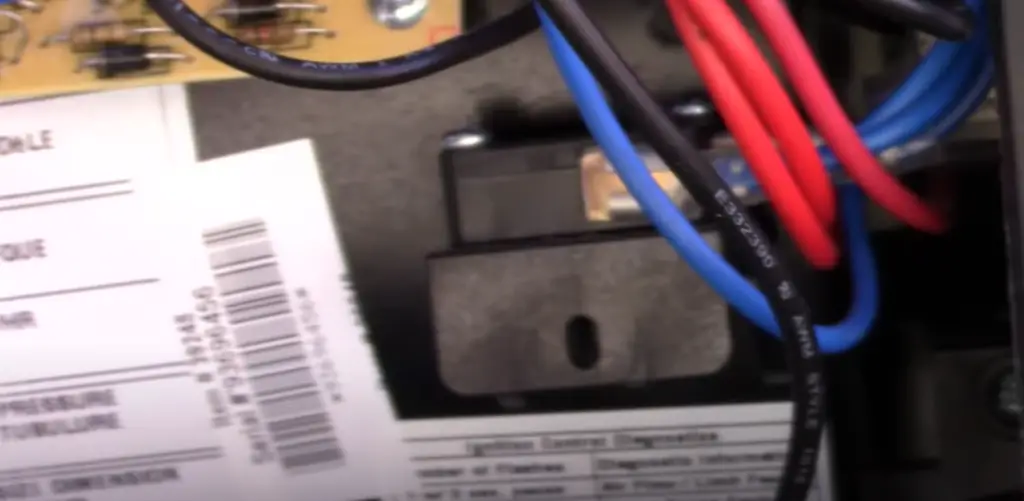
FAQ
Why does my furnace keep turning off in my RV?
Furnace issues in an RV could be a result of several factors. The most common cause could be insufficient airflow. RVs require proper ventilation, and if the air isn’t flowing optimally, it can lead to the furnace shutting off. Another common problem is gas supply issues. Your RV furnace probably runs on propane, and if you’re running out of fuel or there are leaks in your gas lines, the furnace can shut off. Malfunctioning thermostats or control boards can also lead to furnace shutdowns in RVs.
Why does my furnace keep shutting off after a few seconds?
A dirty or damaged flame sensor can cause the furnace to shut off as a safety feature to prevent gas leaks. The thermocouple could also be the culprit. If the thermocouple isn’t sensing the heat from the pilot light, it could cause the furnace to shut off within a few seconds. Other causes could include dirty burners, blocked vents, or a malfunctioning thermostat.
How do I fix my furnace that throws out cold air?
The most straightforward solution for a furnace that throws out cold air is to replace the air filter if it’s dirty or clogged. If the issue persists, inspect the thermostat and ensure that it’s turned on and set to the desired temperature. Check to see that the breaker controlling your furnace is on. Confirm if your furnace is fed with sufficient fuel and assess whether the thermocouple and flame sensor are working correctly.
Useful Video: RV furnace starts and then shuts off fix
Conclusions
An RV furnace that blows cold air and shuts off can be a frustrating problem, especially when you are camping in cold weather. However, with the steps outlined in this blog post, you can easily troubleshoot the issue and get the furnace working again. Remember to check the thermostat, ignition, propane tank, ductwork, and call a professional if needed. With a little effort, you can stay warm and cozy in your RV, no matter how cold it is outside.
References:
- https://www.thervgeeks.com/how-does-an-rv-propane-furnace-work/#:~:text=An%20RV%20furnace%20is%20the,which%20also%20runs%20the%20fans.
- https://rvwhisperer.com/tips-for-rv-furnace-safety/

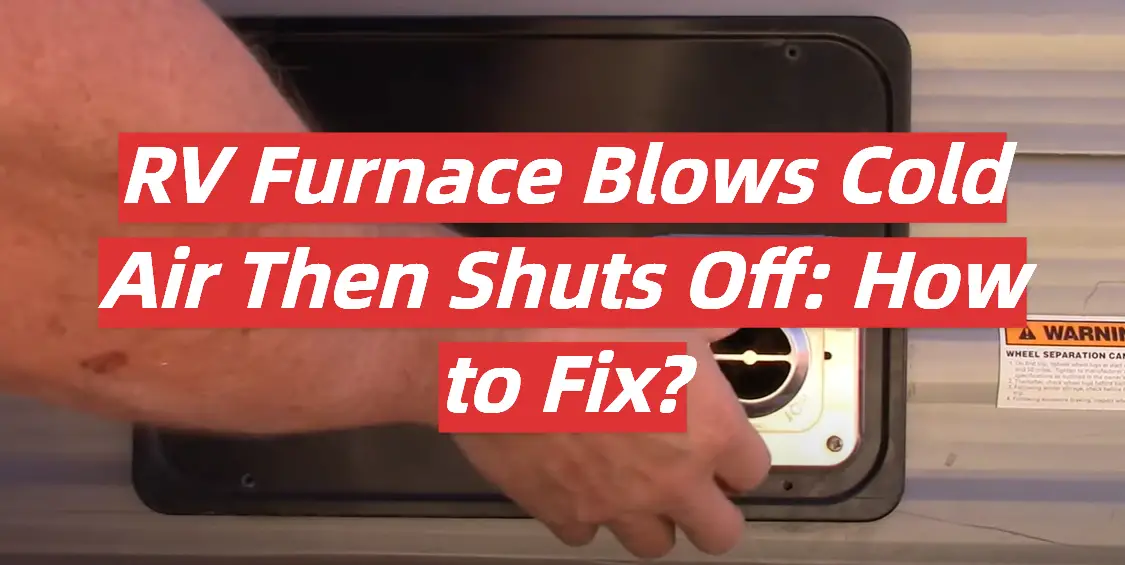
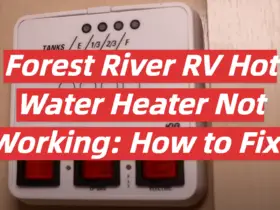
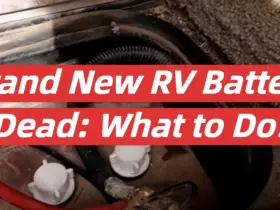
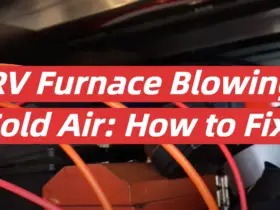
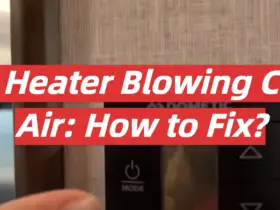
Leave a Reply